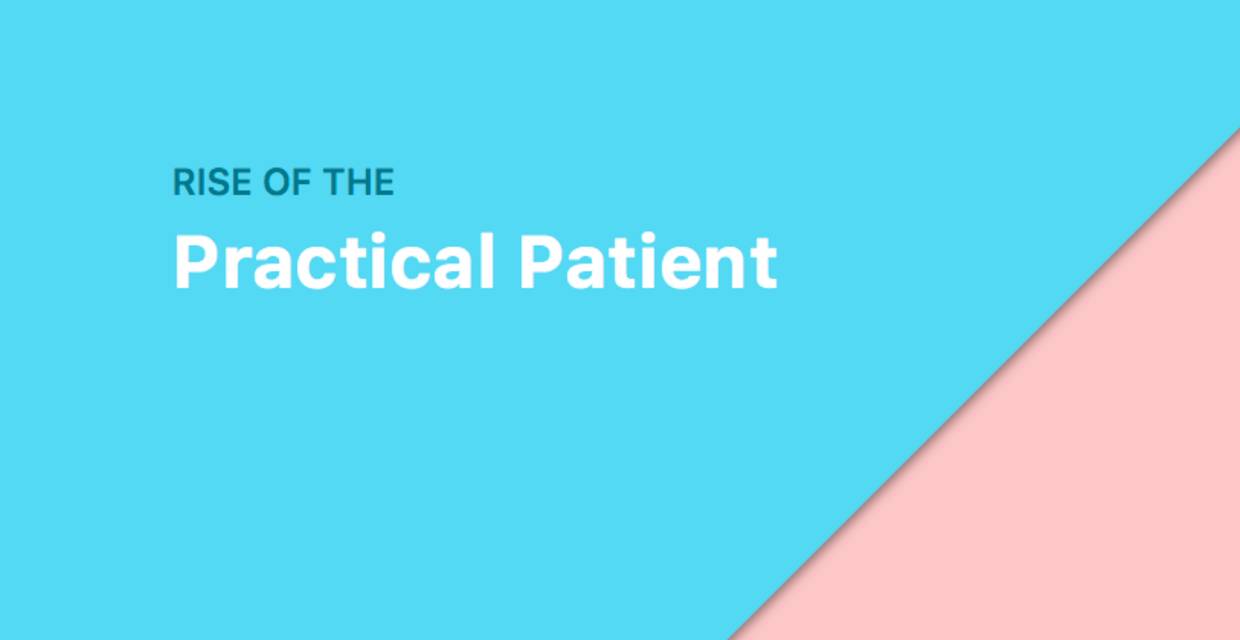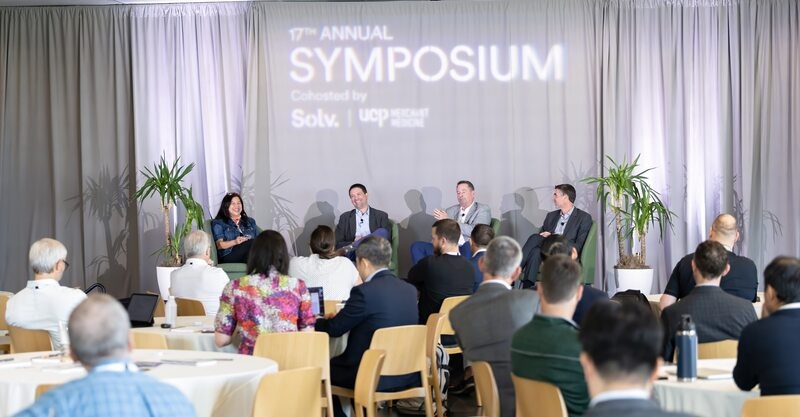Healthcare is complicated, expensive, and by nature, used in mostly unfortunate circumstances. However, the healthcare landscape is beginning to shift. While change in the U.S. healthcare industry can appear slow, for consumers of healthcare there are signs that it is beginning to shift more rapidly. The democratization of medical technology and software has given people the ability to personalize their health plans across areas once too expensive to consumerize such as genetic testing, insulin monitoring, fertility management and sleep tracking. But has anything really made engaging with the healthcare system better for patients? Are patients engaged with healthcare enough to really care? Are healthcare players listening?
It now takes an average of 24 days to get a doctors appointment, healthcare related bankruptcies affected over 2 million people in 2017, and technology adoption is slower than it is in any other space. While the political parties joust on what healthcare, payment and incentives should look like in the future, Solv and the Urgent Care Association of America have partnered to better understand what Americans really want from the healthcare system, as it impacts their daily lives. To gain a better understanding, Solv surveyed 1,386 Americans about their needs and attitudes when engaging with the U.S. healthcare system.
Download the full report
Findings from The Solv 2018 Consumer Healthcare Report: “Rise of the Practical Patient,” suggest both changes in the way consumers are engaging with healthcare, and rising demand for new care options that make healthcare more convenient and practical. These “practical patients” expect visibility into prices, want technology that enables easier healthcare access, and choose providers who focus on making healthcare more convenient.
Myth 1: Show them the Money
Despite a historical lack of access to healthcare price information, consumers have a newfound desire to better understand their healthcare costs. 70 percent of patients look for price information when they visit the doctor. However, only 23 percent of people who ask their doctor’s offices receive an answer and nearly half report feeling “stupid” for asking.
Myth 2: Cry for Basic Help
It turns out that while consumers see a role for technology advances such as artificial intelligence for personalized treatment to change healthcare, the top technologies patients request are those that help them with their basic needs. 67 percent of respondents said that online and mobile appointment scheduling would most meaningfully improve their healthcare experience today.
Myth 3: Convenience is Primary
While the majority of patients still have Primary Care Physicians, fewer view their PCP as their resource for finding and navigating care. Instead, many are using convenient care options, such as urgent care centers or retail clinics, as their front door to healthcare. Only 1 in 3 people under the age of 45 starts with their PCP for common medical issues and the #1 place people visit if they don’t use their PCP is a convenient care location.



